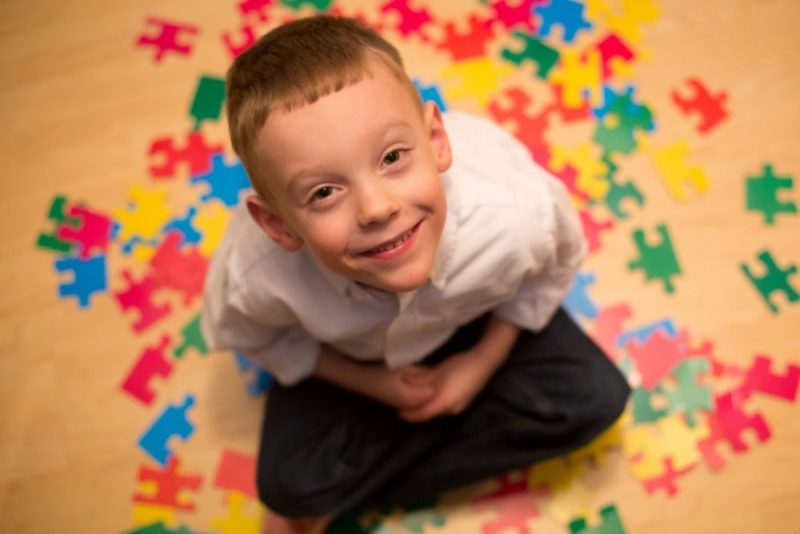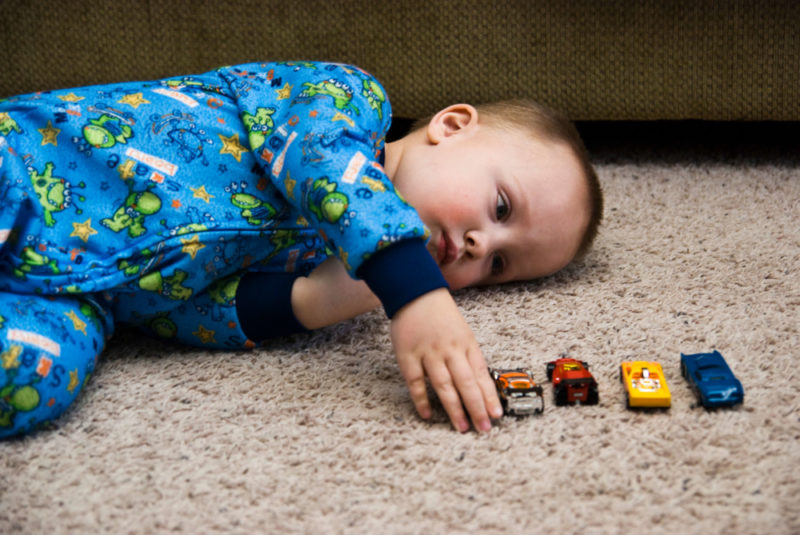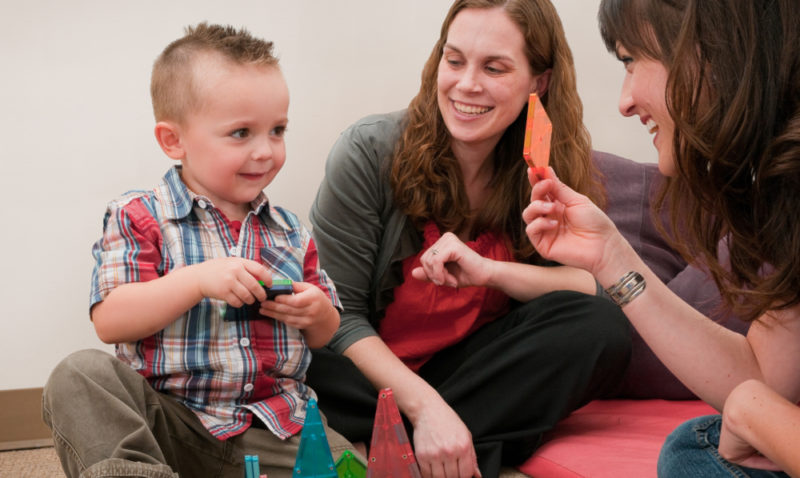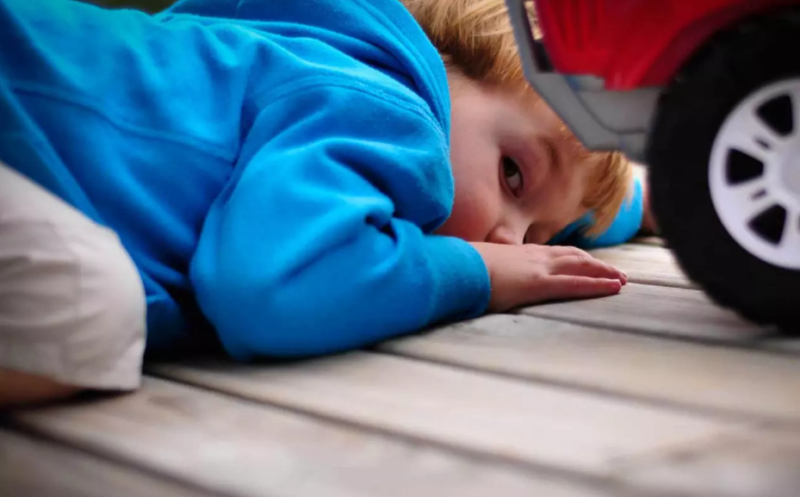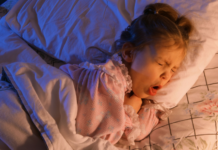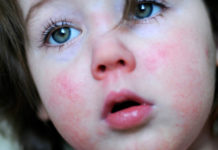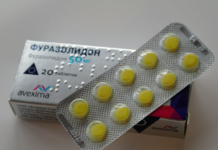Atypical autism is a mental disorder that occurs in preschool children. This form of the disease is different in that the child in most cases is well developed intellectually, but at the same time it is rather difficult for him to establish communication skills. How to recognize atypical autism in children, find out in our article.
Material Content:
What is atypical autism?
The diagnosis of autism in medical practice is quite common recently. Some experts attribute this to the deterioration of environmental conditions, others - to the age of women in childbirth (according to statistics, most women give birth after 30 years). But no scientist can name the exact reason.
Atypical autism differs from the classic type of pathology. The first signs are noticeable at 3 - 4 years of a child's life. Sometimes it’s hard for parents to see deviations in their child, which is why many pediatricians recommend an annual neurologist examination.
With atypical autism in a child, structural damage to the brain is noted.
The main causes of the ailment are as follows:
- Hereditary factor. Experts have determined that children with atypical autism have a gene that contributes to its development. In most cases, deviations in psychological development were found in close relatives. During ultrasound and genetic screening, it is not possible to identify this gene. It does not always lead to the development of just such a pathology.
- Difficult pregnancy.The risk of autism occurs if, during pregnancy, a woman has a threat of miscarriage, uterine bleeding, gestosis, and intrauterine infection.
- Chronic diseases that develop in the baby are still in utero. Autism can develop amid epilepsy, Down syndrome, and more.
Many parents believe that vaccination can cause atypical autism in children. Because of this, they refuse vaccinations. Specialists have long proven that autism cannot be acquired. It arises still in utero.
Symptoms and signs of occurrence
Symptoms of atypical autism are as follows:
- It is difficult for a child to find contact with peers. Games with them do not interest him. When communicating, there is completely no eye contact.
- A small vocabulary. Learning new words is difficult, the baby for a long time can not correctly apply new words in colloquial speech.
- A vivid manifestation of emotions. A baby may have a tantrum due to trifles, which turns into laughter. In advanced cases, on the contrary, emotionality will be completely absent. It may seem that the child does not care what is happening around him.
- Increased irritability.
- Inappropriate behavior when new people appear.
- Monotonous games. A child can spend hours moving a few blocks from place to place. At the same time, he will be completely immersed in himself, there is no reaction to others at this time.
Signs of atypical autism appear in children from birth. But many parents attribute this symptomatology to an individual feature of their child. This is their main mistake.
If you discover the problem in time and begin to correct it, the chances that the child will fully feel in society are quite large.
Diagnostic measures
How to recognize atypical autism? If parents notice deviations in the development and behavior of the child, they should first contact a pediatrician who will give a referral to a neurologist. The doctor conducts an examination, makes a conclusion.
In addition to these specialists, the child needs to show:
- neurologist;
- psychologist;
- a psychiatrist;
- ENT (to rule out hearing problems).
It is worth noting that the diagnosis of “atypical autism without mental retardation” is quite difficult to make. Specialists work with a child for a long time to confirm or deny the presence of a disease. In addition to general examinations, an MRI, CT scan, and autism screening tests can be prescribed for a child. Diagnosis is delayed for 4 to 6 months.
Therapeutic treatment of children without mental retardation
Treatment of atypical autism without mental retardation is under the strict supervision of a psychologist and neuropathologist. There are no medications against this pathology.
The task of specialists is the psychological correction of the behavior of the child.
What are the treatments? In each case, doctors are developing an individual program, looking for a special approach to the baby.
What may include a treatment regimen:
- visits to specialized rehabilitation centers;
- daily classes with specialists;
- visiting circles for the development of fine motor skills (drawing, modeling, origami, beadwork);
- music lessons (for example, piano lessons);
- hippotherapy;
- dolphin therapy.
Treatment should be carried out not only by doctors. A large role in the social adaptation of the child in society and the adjustment of his behavior is played by the parents.
How atypical autism is treated with developmental retardation
The situation is significantly exacerbated if, with atypical autism, the child is also lagging behind in development.
In most cases, in addition to the main signs in children, there is:
- aggressiveness;
- sleep disturbance;
- hyperactivity.
If the diagnosis is confirmed, doctors can recommend the following medications:
- Naltrexone, Fenfluramine, or Haloperidol.These drugs belong to the group of antipsychotics and have the same spectrum of action (they help to cope with hyperactivity, aggression of children, soothe the central nervous system).
- “Glycine”, “Piracetam”, “Encephabol”, “Pantogam”. Specialists call these drugs nootropics. They have a positive effect on higher brain functions.
- Psychotropic drugs. The most popular among them: Somax, Ripsolept, Neuleptil. Drugs help deal with mental illness.
All the above funds should be prescribed only by a doctor after a full examination of the child. Self-medication can lead to adverse effects.
In addition to drug treatment, classes with a psychologist and other highly specialized specialists are mandatory.
When disability is registered
Making disabilities with atypical autism is a separate issue that requires careful consideration. If the child does not have mental disabilities, then achieving the correct diagnosis is quite difficult. But parents still need to tackle this issue. For children with disabilities, the state provides many benefits and social benefits.
In order to get to the commission of MSEC, a number of specialists have to go through. Among them:
- neuropathologist;
- speech therapist;
- ENT.
Examinations will also be required:
- EEG;
- blood and urine tests.
With all conclusions, you need to contact a psychiatrist who will draw up a disability card and give an opinion for the commission.
With the classic form of autism, disability is a little easier to make than with atypical.
Disease complications
If the disease is not detected in time and treatment is not started, the child will have a number of complications.
Among them:
- complete social isolation;
- constant stress;
- protracted depression;
- aggression;
- hatred of others.
The task of parents and specialists is to notice the problem in time and start treatment.
Forecast and Prevention
Atypical autism is incurable. But if the child does not have mental disorders, the ailment is noticed in time and competent treatment is started, then the chances of success are pretty high. Correct psycho-emotional correction allows children with a similar diagnosis to attend ordinary kindergartens and schools. In this case, the child must be registered with a neurologist, undergo special programs and courses.
If the child has a mental disability, then the prognosis is disappointing. The task of parents is to teach him basic life concepts, for example, how to properly serve themselves.
There is no prevention of autism. After all, scientists still can not for certain say why in some cases the gene responsible for the development of this pathology makes itself felt.
Atypical autism has recently been diagnosed in many children. The insidiousness of the disease is that at the initial stage the problem is not noticeable. Obvious signs begin to appear by 3 to 4 years.
If the child was given a similar diagnosis, parents need to do everything so that the baby feels normal in society and undergoes socialization.


